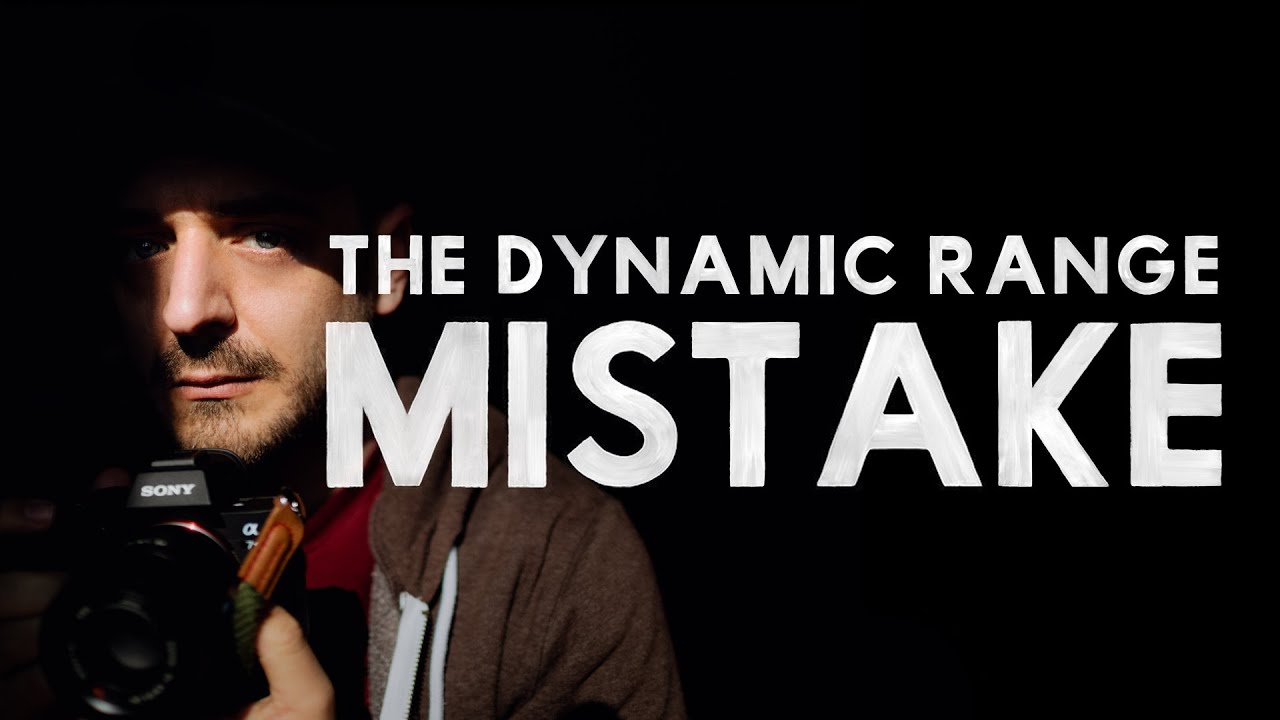Dynamic range is of the biggest buzzwords we usually encounter whenever the latest and greatest camera comes up. A lot of reviews emphasize — or even swoon at — dynamic range in their roll call of features. Advances in technology have indeed bestowed today’s digital cameras with impressive dynamic range, which means that it’s easier to retain and pull details from the highlights and the shadows to create photos with balanced exposures.
However, it has also created a misconception among many photographers that every photo needs to look like that to be considered great. This idea led London-based Jamie Windsor to bring up the problems it brings when it comes to creating a prominent narrative focus.
Drawing inspiration from Baroque art
The main premise of Windsor’s video above borrows its concepts from chiaroscuro — a technique in the art that uses strong contrasts between light and dark elements to create a sense of volume. While it has origins in paintings, we also see this at work in cinema to create low-key, high-contrast scenes and in photography through the use of the “Rembrandt lighting.” As anyone with an interest in the art knows, the iconic Dutch painter Rembrandt was among the painters who widely used chiaroscuro.

This is where Windsor’s notions about dynamic range as a misconception come in. “This was quite revolutionary for the time. When before, every inch of the canvas will be filled with sharp detail, now, painters would leave large areas of the composition as a pure shadow, with no discernible information visible,” he said of chiaroscuro and its relevance to the art world.
Then, he proceeds to make his case about how much atmosphere chiaroscuro adds to photos. Or, to look at it from the other end of the spectrum, how much visual impact certain photos would lose once a photographer surrenders to ineffective use of dynamic range.
Using chiaroscuro as the masters did
Just to be clear, I am in agreement with one of the comments on the video that Windsor’s critique isn’t meant to put dynamic range in a bad light. It’s directed toward the practice of resigning to “impressive dynamic range” when editing photos. The misconception or mistake that he points out in the video is the idea that photographers should be using dynamic range to draw out every detail in the frame when it’s not really what the photo needs.
By using several examples of master painters and photographers, Windsor reminds us that chiaroscuro remains an effective tool in crafting the mood and setting the narrative focus. It’s especially useful for genres like portrait photography and street photography because the contrast in light and dark areas draws the eyes to the subject. It can also create or heighten the emotion or atmosphere of a photo by obscuring certain parts of the frame that don’t contribute to the narrative.
On a final note, chiaroscuro is also effective in training our eyes to see light differently. So, why don’t you give it a try for your next portrait shoot or photowalk and find out what visual stories you can create out of it?
Don’t forget to check out Jamie Windsor’s YouTube channel for more of his photography tips and tricks.
Screenshot images from the video
Source link



Leave a Reply